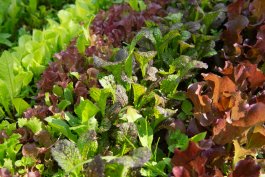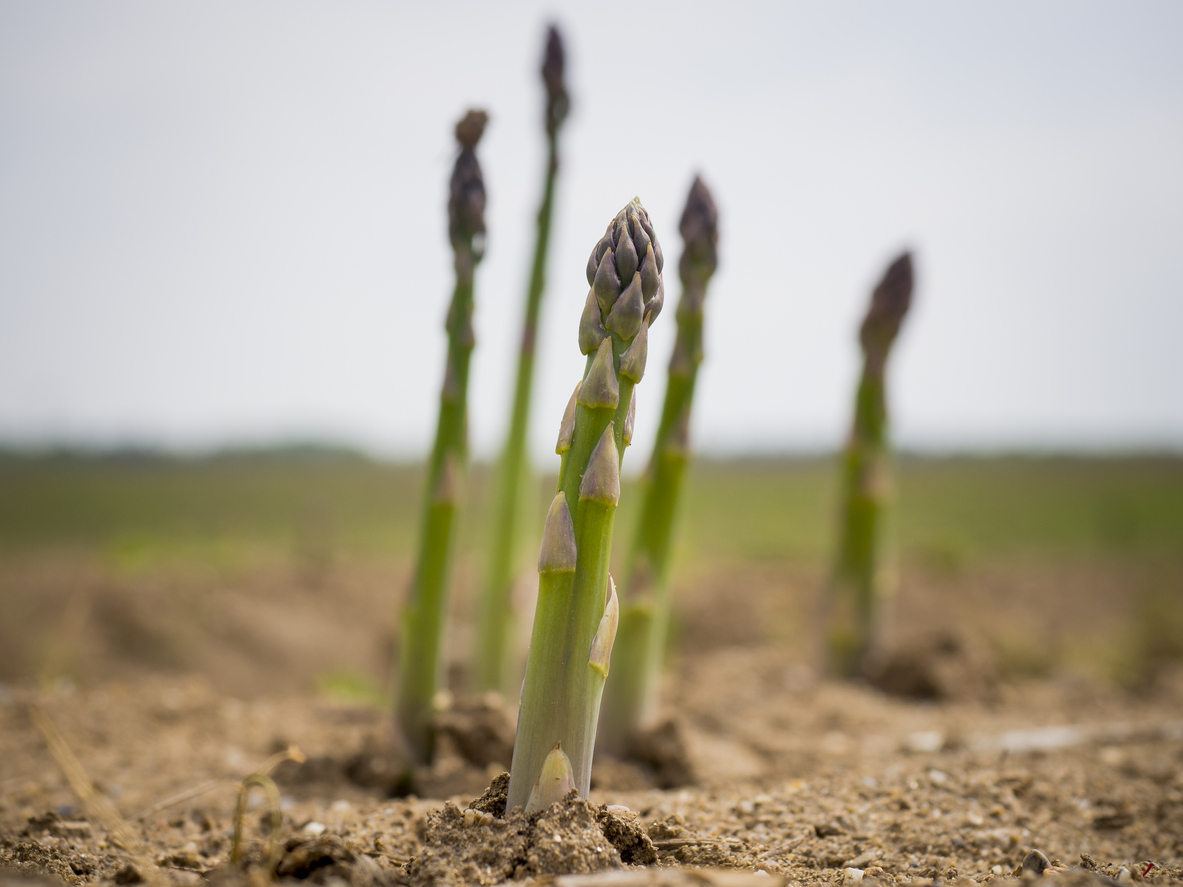
Some people think that gardening is a summer’s game, but not only are there such things as succession crops—which you plant in the same place as your spring crops—but you can start planting vegetables in the fall that will pop up next spring.
Succession Planting
If you’re planting vegetables in the fall, you’re either planting fast-growing, cold-hardy plants, or you’re planting veggies and herbs that will take the winter to grow. Succession planting is when you replace plants during the season. For example, your spring lettuce can be harvested and still grow back, but there comes a point when it’s no longer a big bloom of fresh lettuce, and it’s more like a long weird tendril with a little daisy of lettuce on the end.
It’s at this point where you’d dig up the original plants, and replant in the same place, which is called succession planting. Frankly, by the time August rolls around, my tomato plants start to pick up more bugs and disease and I’m pretty much over them, but unfortunately that’s not one of the veggies you can dig up and re-plant. If you’ve ever waited for tomatoes to grow and turn red, you know why; Tomatoes take anywhere from 50-80 days to grow and ripen.
Vegetable plants that you can replace include most lettuce, kale, bush beans, potatoes, carrots, and beets. But if you’re planting vegetables in the fall, you’ll want to choose quick-growing vegetables like loose leaf lettuce, some varieties of kale, like Dazzling Blue, radishes, arugula, and turnips. All of these will mature in under 30 days and should survive a late August – early September planting. In fact, lettuces planted in the fall can pop up in the spring, in many climates.

Planting Vegetables in the Fall for Spring
The alternative approach to planting vegetables in the fall is planting herbs like garlic, which will sprout in the spring. Others include onions, spring onions, and shallots, just be sure to either separate these beds, or put markers where you’ve planted them so that you don’t accidentally dig them up in the spring.
Then you have perennials, such as Asparagus.They take two years to really produce, but after that you’ll continue to get asparagus “grass” every year.
Other perennial vegetables include rhubarb, ramps, artichokes, sorrel, sea kale, arugula and green onions. And let’s not forget herbs like thyme, sage, chives and mint, who survive most planting zones over winter, and others like lavender, rosemary and lemon balm. Planting these garden essentials in early fall or earlier will give you crops every year.


 Previous
Previous

